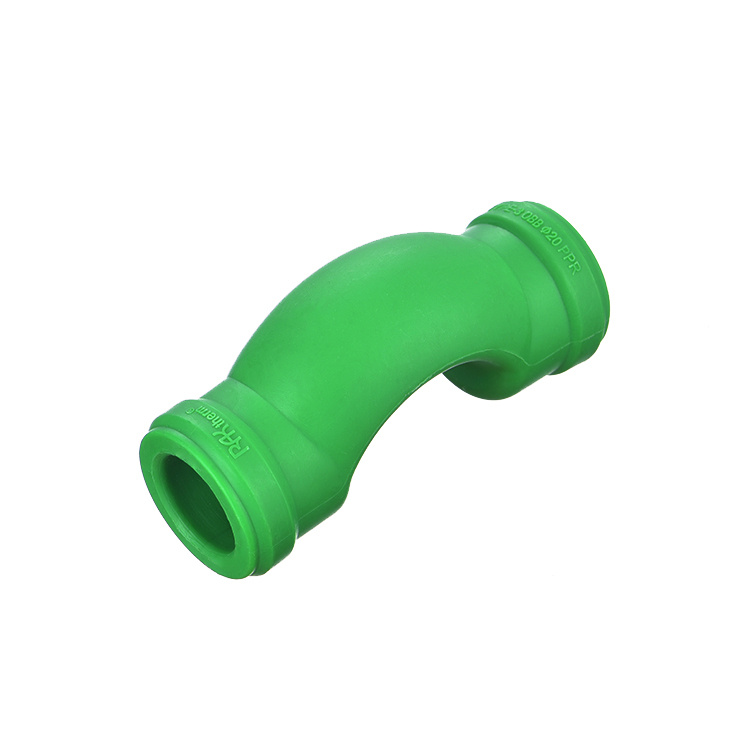Can PPR pipe fittings be recycled?
PPR (Polypropylene Random Copolymer) pipe fittings are recyclable, but the feasibility and availability of recycling can vary depending on local recycling facilities and practices. Here are some key points regarding the recycling of PPR pipe fittings:

- Recyclable Material: PPR pipe fittings are made from a type of thermoplastic polymer, which means they can be melted down and reprocessed into new plastic products.
- Local Recycling Facilities: The ability to recycle PPR pipe fittings depends on the availability of recycling facilities in your area. Not all regions have specific recycling programs for PPR materials, so it is important to check with local recycling centers or waste management authorities to determine if PPR pipe fittings can be recycled in your location.
- Collection and Sorting: Proper collection and sorting of PPR pipe fittings are essential for recycling. Separate PPR pipe fittings from other types of materials and dispose of them in the appropriate recycling bins or containers. This helps facilitate the recycling process and prevents contamination of other materials.
- Recycling Process: The recycling process for PPR pipe fittings typically involves shredding or grinding the material into small pieces, melting it down, and extruding it into new plastic products.
- Recycled Products: Recycled PPR materials can be used in various applications, such as the manufacturing of new PPR pipe fittings, plastic containers, packaging materials, or other plastic products.
It is important to note that while PPR pipe fittings are recyclable, it is always preferable to reduce waste and promote reuse whenever possible. Proper disposal and recycling practices help minimize environmental impact and contribute to a more sustainable approach to waste management.





